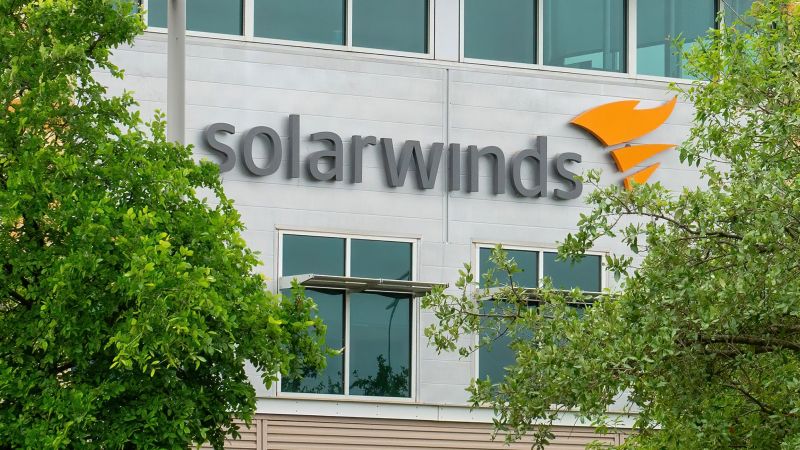A customs officer takes a sample from part of the cocaine seized for the largest single seizure of cocaine in Bavaria to date, which is examined using a test tube.
Picture Alliance | Getty Images
Cocaine production is at its highest level on record, with demand rebounding post-pandemic and new trafficking hubs emerging, a report from the United Nations Office on Drugs and Crime found.
The U.N.’s Global Report on Cocaine 2023 says new hubs for trafficking in the multibillion dollar industry have emerged in West and Central Africa in the last two years. New improvements and innovations in cultivation of the coca bush and conversion from coca plant to cocaine have also helped production boom — rising by 35% between 2021 and 2022 to record levels.
“The Covid-19 pandemic had a disruptive effect on drug markets. With international travel severely curtailed, producers struggled to get their product to market. Night clubs and bars were shut as officials ramped up their attempts to control the virus, causing demand to slump for drugs like cocaine,” the report said.
“However, the most recent data suggests this slump has had little impact on longer-term trends. The global supply of cocaine is at record levels,” it said. Almost 2,000 tons of cocaine were produced in 2020, a continuation of a “dramatic uptick in manufacture that began in 2014, when the total was less than half of today’s levels,” the report said.
Coca bush cultivation doubled between 2013 and 2017, and then rose sharply again in 2021, the report said. The process of converting coca bush to cocaine hydrochloride also saw significant improvements.
Cocaine production requires soaking harvested coca leaves in gasoline and other chemicals like ether, sulfuric acid, ammonia to allow the extraction of cocaine hydrochloride. The gasoline and solvents are then drained and the cocaine base solidifies into a paste, which is cooked until the liquid and other chemicals have evaporated, producing “bricks” containing cocaine hydrochloride.
Those bricks are packed and further sold and processed with additional chemicals like hydrochloric acid, ammonia and potassium salt to create powder cocaine.
Rising cocaine demand
Despite continued efforts by law enforcement to crack down on cocaine use, global demand for the drug has only grown.
“There has been a continuing growth in demand, with most regions showing steadily rising
numbers of users over the past decade. Although these increases can be partly explained by population growth, there is also a rising prevalence of cocaine use,” the report said.
At the same time, interceptions by authorities are on the up. And those law enforcement interceptions are actually rising at a higher speed than production, the report found, meaning that “interdiction has contained the growth of the global amount of cocaine available for consumption.”
An anti-narcotics police officer stands as a police helicopter flies over a coca field during an operation in Tumaco, Narino department, Colombia, on Tuesday, May 8, 2019.
Nicolo Filippo Rosso | Bloomberg | Getty Images
Demand is still highest in North America, which constituted 30% of global demand for the drug in 2020, the highest proportion worldwide, according to the U.N. Central and South American and the Caribbean came second, making up 24% of cocaine users in 2020. Western and Central Europe came third at 21%, and a far fourth was the continent of Africa at 9% of global use.
Much of the known information on increases in cocaine has been found via analysis of wastewater data.
New transit zones
Coca bush cultivation remains concentrated in three countries: Colombia, at 61% of the total, Peru with 26%, and Bolivia with 13%.
Cocaine seizures are highest in the South and Central America and Caribbean region, at 72% of total seizures globally, followed by Western and Central Europe at 15% and North America at 12%.
U.S. Coast Guard personnel stand on the deck of Cutter James as they offload approximately $1.06 billion in cocaine, marijuana at the Port Everglades in Fort Lauderdale, Florida on February 17, 2022.
Chandan Khanna | AFP | Getty Images
Meanwhile, data on law enforcement seizures suggested that “the role of Africa, especially West and Central Africa, as a transit zone for cocaine on its way to markets in Europe has picked up substantially since 2019,” the report said.
“Both the total quantity seized in Africa and the number of large seizures appear to have reached record levels during 2021.”
While use in these regions isn’t yet high, the potential for its growth is a serious risk, the report warned.
Parcel and courier use up for drug transportation
The cutting of so many passenger flights during the Covid-19 pandemic slashed the ability of traffickers to use drug mules to transport drugs internationally. The use of international mail services for cocaine smuggling jumped as a result and has stayed high, the U.N.’s research found.
“Some countries in West Africa noted a significant increase in [parcel and courier] services to smuggle small quantities of cocaine to Europe and beyond. In Costa Rica, smaller quantities of cocaine were being mailed to Asia, Africa and Europe concealed in goods such as books, religious images, and vehicle spare parts,” the report said.
“The pandemic may have accelerated the trend, but traffickers had already been increasing their use of international mail services to get cocaine into Europe,” it said. “Evidence from Spain and Argentina points to a longer-term decline in the use of drug mules on passenger flights. Both countries recorded instances of larger shipments being concealed in unaccompanied luggage.”

The U.K. has seen a “significant increase” in cocaine seizures in the “fast parcel and postal modes,” according to the report.
Fishing and merchant vessels are also increasingly used for cocaine smuggling, as well as containers on container ships, where front companies and false paperwork are used to create the appearance of legitimate business.
Drug trafficking via submarines is also on the rise, in some cases with submarines specifically built for this purpose, often unmanned and pre-programmed to travel to its required destination.
Just this week, Spanish authorities found what they said was an empty drug submarine off of Spain’s north coast near Galicia, which is known to be a hub in the international drug trade. They believe it was transporting cocaine from Colombia to Spain, and that the crew had already made off with the submarine’s contents.




